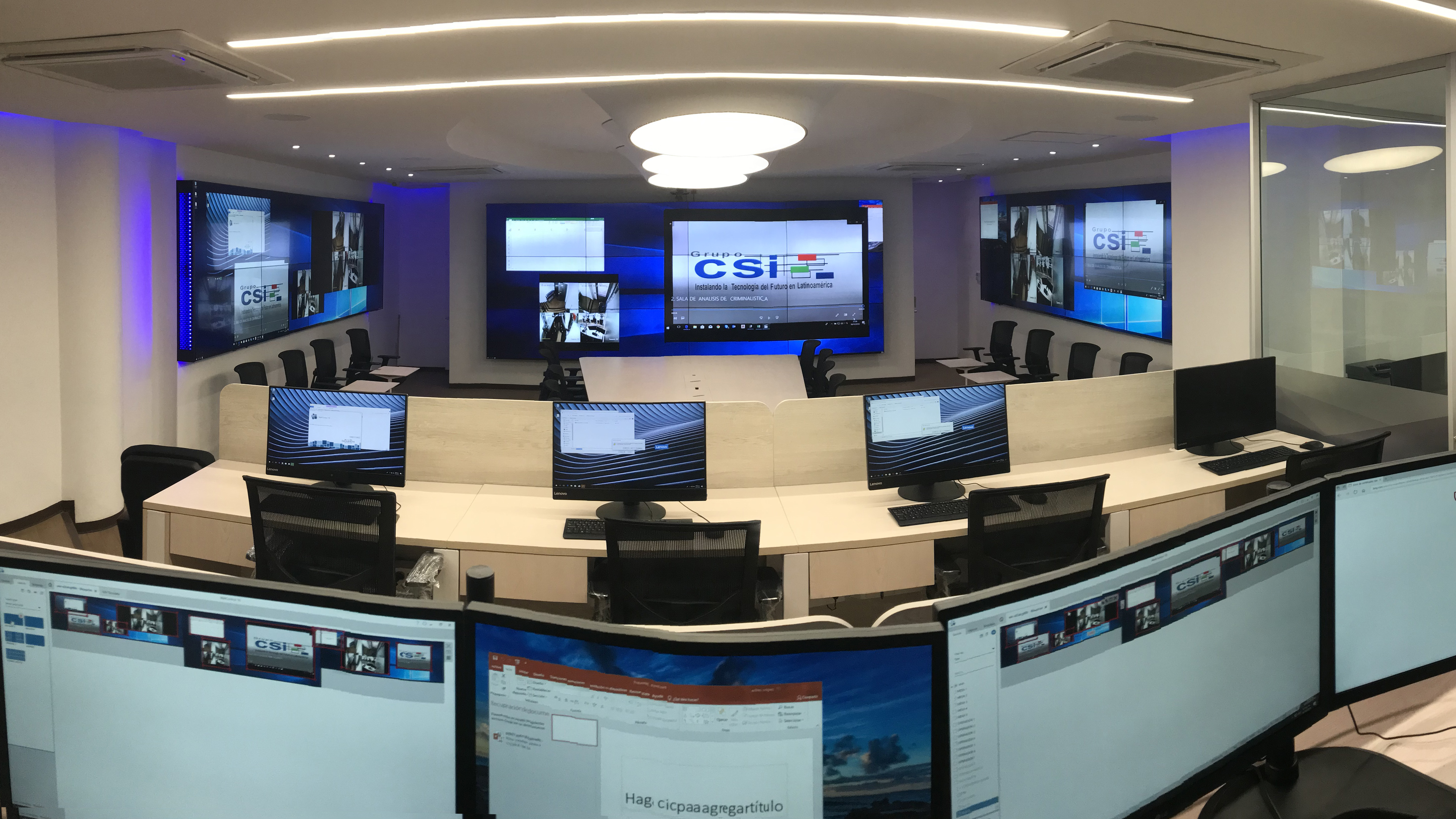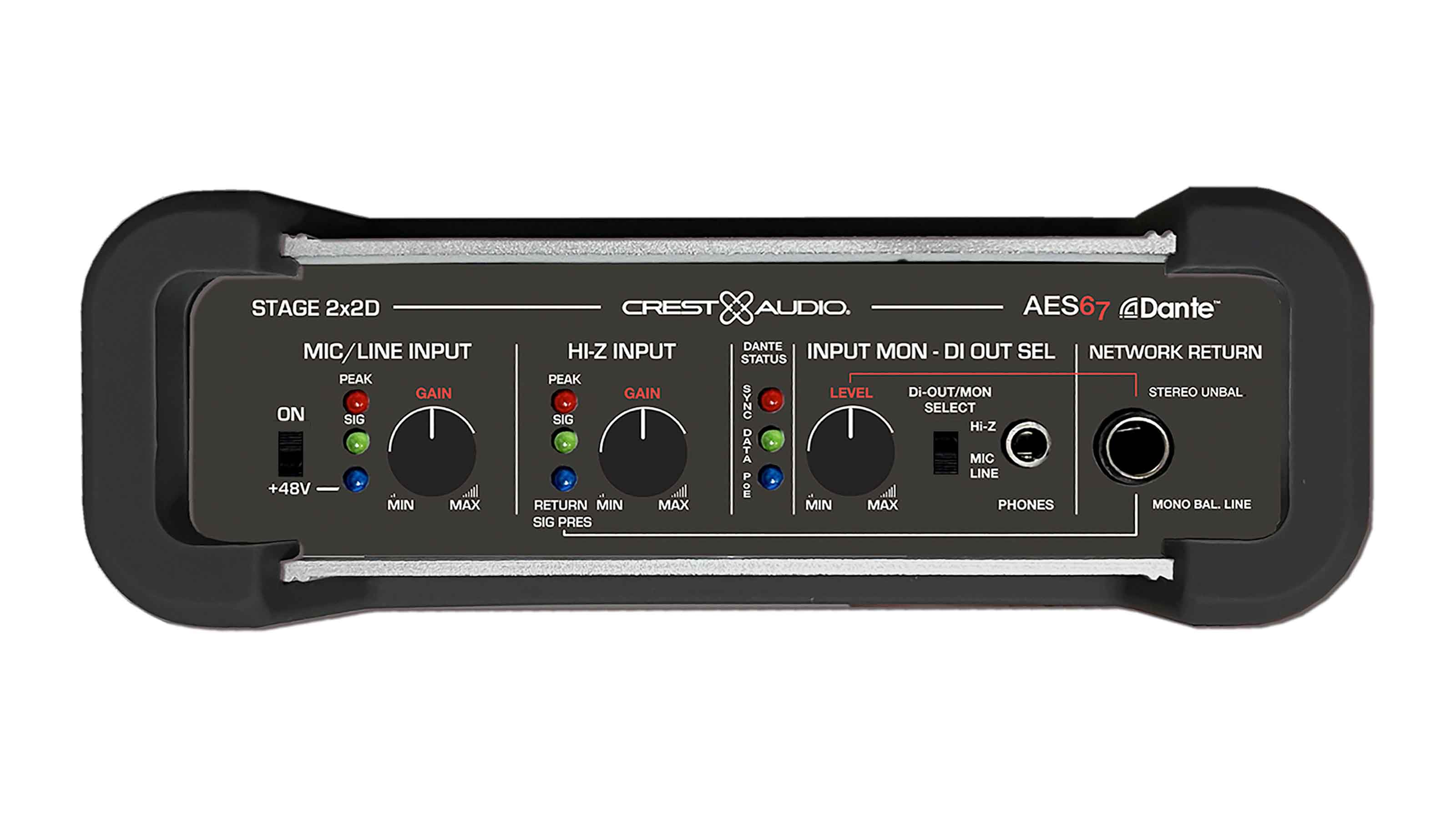Modern Control Rooms Ensure Operators Can Take Command
The control room market has managed to repel any significant damage from the COVID-19 pandemic. In fact, control room technology may now be in more demand than ever before.

Amid a challenging 18 months, the control room market is one that has managed to repel any significant damage from the COVID-19 pandemic. With data management now a key requirement for large organizations, as well as the traditional emergency services and government roles, control room technology is now more in demand than ever before.
Here, Systems Contractor News speaks to Matthew Tibbitt, product manager at Datapath, a company that has been bringing innovative control room solutions to the market for nearly 40 years.
SCN: Let’s begin with the basics: How, where, and why is AV being used in control rooms? Is there a particular area where control rooms are breaking new ground in their use of AV?

Matthew Tibbitt: AV is the critical information system that allows control room operators in charge of infrastructure, environments, and networks to monitor, manage, and maintain the core functionality of the businesses they are involved in.
Distributing the visual data from outputs of key systems physically located elsewhere directly to the operator allows the efficient, effective review of the data. The immediacy of the data means that the operator always has the latest view of their operational environment. Content is now expected to be generated and viewed in high-resolution 4K; equipment suppliers need to take these bandwidth requirements into account when planning their control room environments.
[ Taking Command of Control Room Displays ]
The innovation that AV has to bring to this space is in the distribution and display, both locally at the operator workstation and to various monitors around facilities of the visual data. AV needs to ensure that the content is routed in the shortest amount of time to those who need it, making it available at the press of a button.
A daily selection of features, industry news, and analysis for AV/IT professionals. Sign up below.
It could be argued that it is in control rooms that AV is playing its most important role. From a technology perspective, what goes on behind the scenes of the control room? What are the key AV attributes and technologies that support and deliver control room operations?
Modern control room designs are now primarily concerned with the AV over IP distribution technologies. 10G networking is now requested and required more than ever to meet the needs of the amount of data required at the operator stations. A distributed solution of disparate content sources all being brought into networked environment also requires technology that can keep track of all of the endpoints, and centralize them within an interface that allows operator access to any and all appropriate sources, layout files, templates, etc.
[ Moving Forward with the Adoption of AV over IP ]
Obviously, there is a fair degree of complexity to the integration process. Can you talk us through what happens to this data on its journey from its source to the eyes and ears of the operators?
Once the control room network is installed, the delivery of data and the control of the sources should be invisible to the operators. The system should be seamless and easy for them to use. Of course, it takes a lot of planning to get to “seamless.”
The content generated by the sources—whether they be cameras, computers running SCADA, or a PC that’s capable of monitoring equipment—all get ingested into the system. In 10G networks, the AV, which is often delivered via HDMI, is received into 10G receivers. These can then packetize the data for sending over the network to receivers. The quality of the transmitters and receivers will determine how much latency gets added into the system, but customers should be aiming for a latency of no more than a few lines of delay between source and screen.
Network considerations should not be taken lightly, either. It is possible to deploy a fully functioning AV over IP system that is completely distinct and secured away from other networks. However, control room designers and administrators need to consider whether operators will need to access external websites, access corporate e-mail, etc., and if they do, they need to be able to address the relevant networks accordingly.
[ Datapath Launches Fully Integrated Control Room Platform ]
From an end user’s standpoint, what are control room owners’ main requirements from their AV technology? What key issues and challenges do they face, and how do they address them?
On the whole, it is the ability to deploy a system that gives each and every operator the content that they need and the ability to control that content effectively. The system must be robust, offering redundancy where appropriate. Also high on the list of priorities, the system must be easy to manage, monitor and configure.
The three key components for an effective control room are ease of use, reliability, and security. Here at Datapath, we’ve got a lot of experience providing systems to governments and organizations around the world. Technology never stops and, as you’ll see at our InfoComm 21 booth in Florida, neither do we.
More About Control Rooms
Datapath Video Wall Powers Operations at Electric Cooperative • Alabama-based Pea River Electric Cooperative is using advanced audiovisual tools for critical monitoring in its headquarters in Ozark, AL.
Decentralizing Command and Control • An organization’s mission-critical personnel gather in command and control centers to access the real-time data they need to manage situations ranging from normal day-to-day operations to emergencies. But when people must remain distanced from each other because of pandemic precautions, forcing many to work remotely, how can command and control stay relevant?
Taking Command of Control Room Displays • In a command and control room environment, flexibility—and the immediacy of it—is nothing short of essential.
Katie Makal is the content manager for Systems Contractor News.
